Analysis of Organizational Behaviour: Power, Dependency & Tactics
VerifiedAdded on 2023/06/07
|5
|737
|427
Report
AI Summary
This report delves into the complexities of organizational behavior, focusing on power dynamics and dependencies within the workplace. It examines how contingency variables impact power tactics and influence employee relationships, highlighting the shift from proactive to reactive behavior in response to changing organizational situations. Furthermore, the report provides practical measures that organizations can implement to reduce the misuse of power, such as promoting a fair work environment, applying interdependency theory, clearly defining acceptable behavior, and establishing open communication channels. The analysis emphasizes the importance of accountability, strong support systems, and immediate termination policies in cases of physical abuse to foster a productive and ethical organizational culture. Desklib offers a wealth of similar solved assignments and resources for students seeking to deepen their understanding of organizational behavior.
1 out of 5
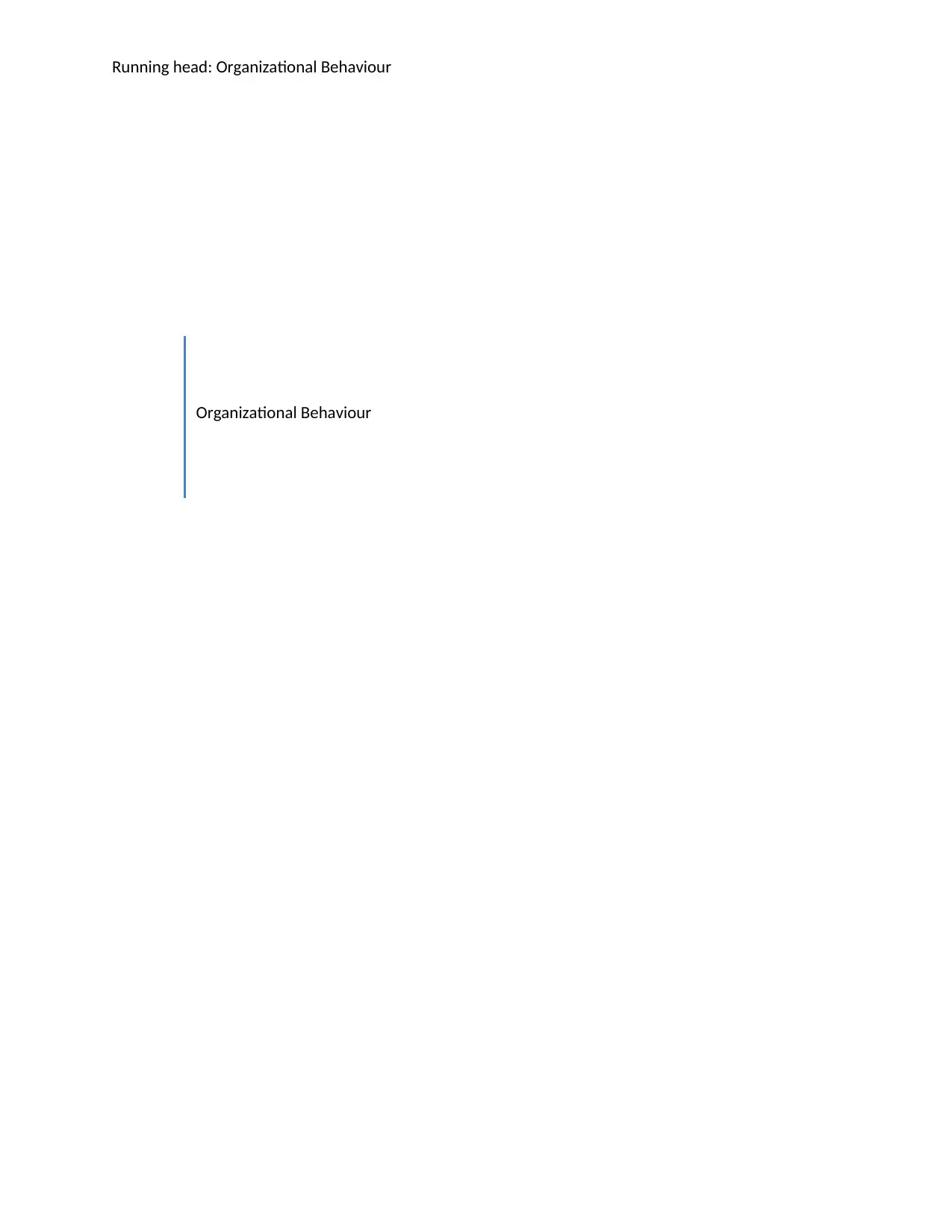
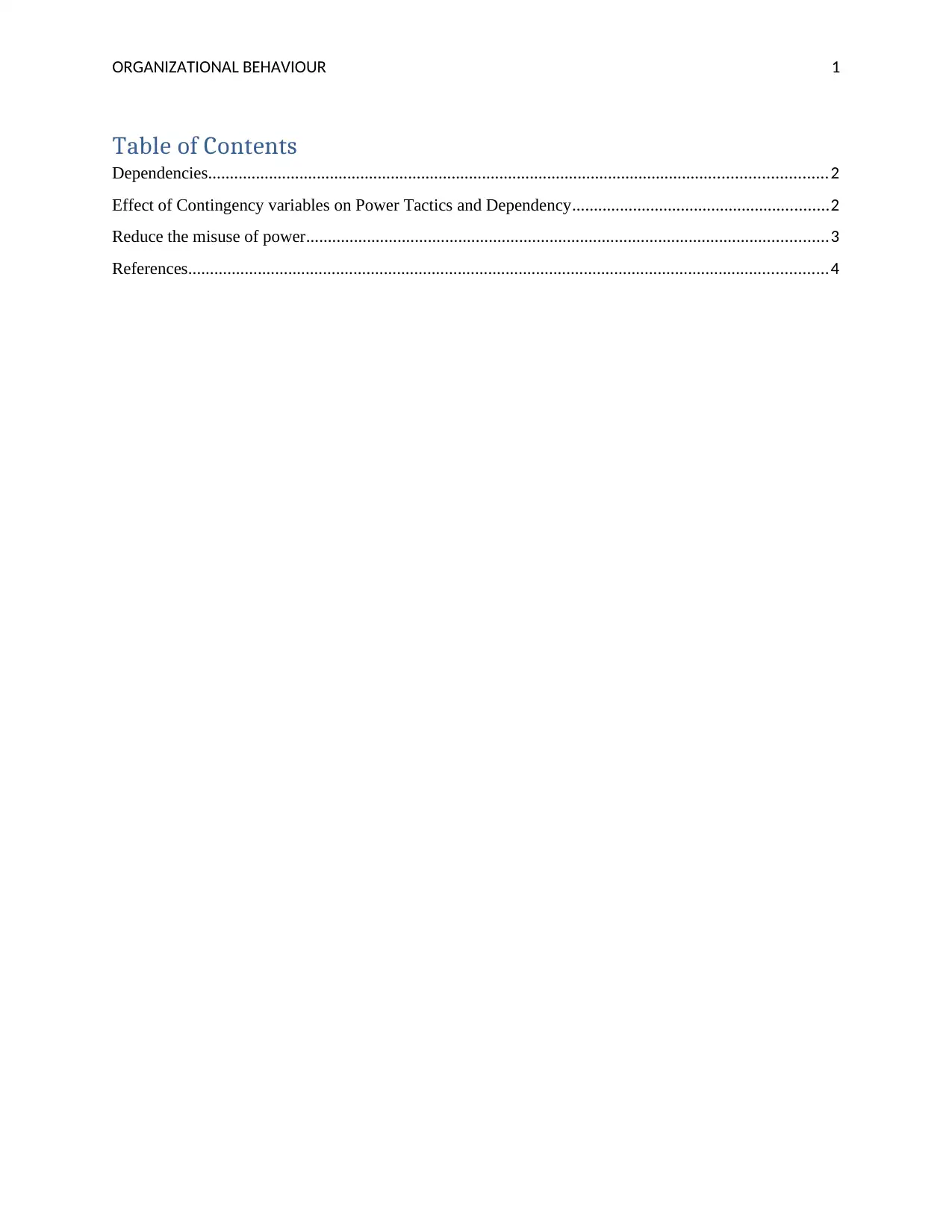
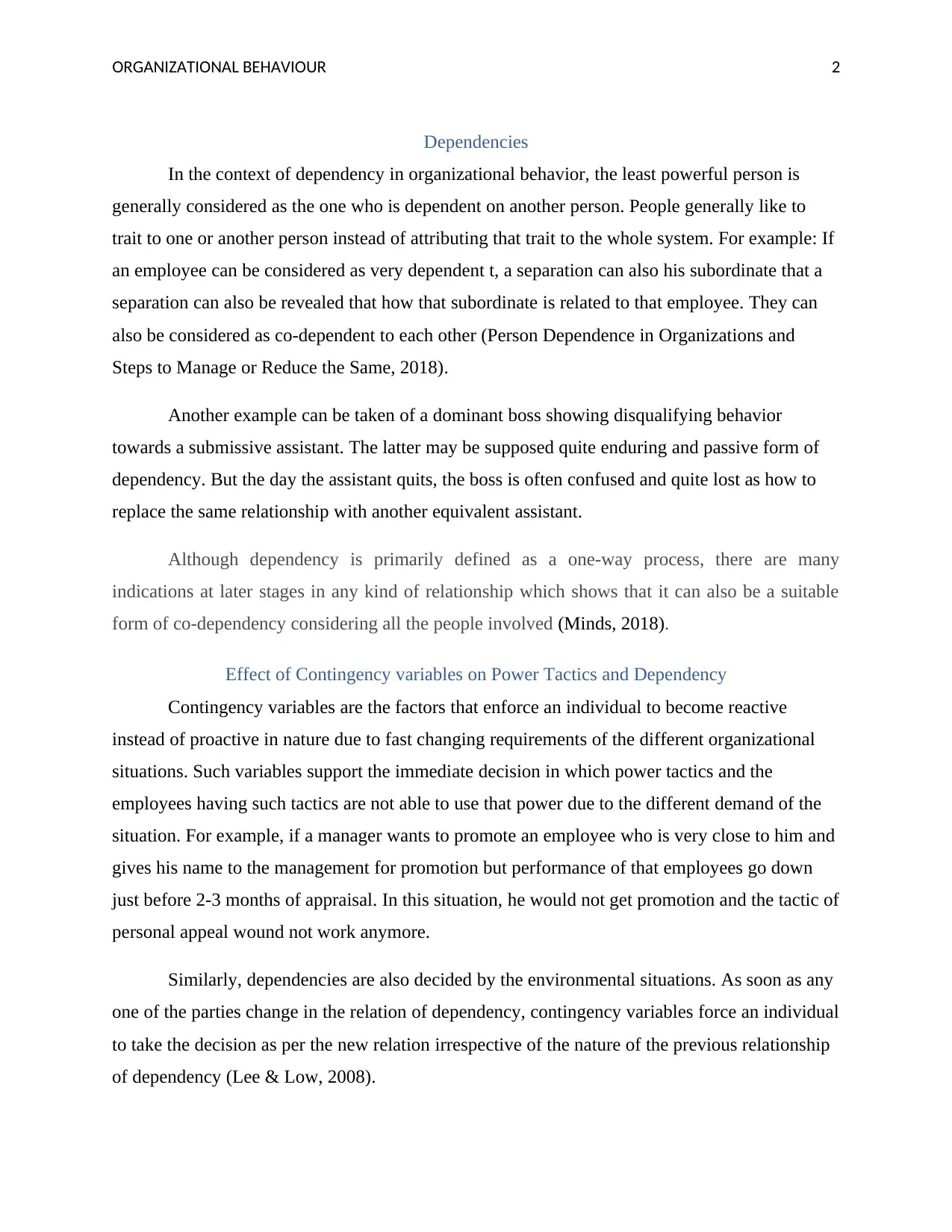

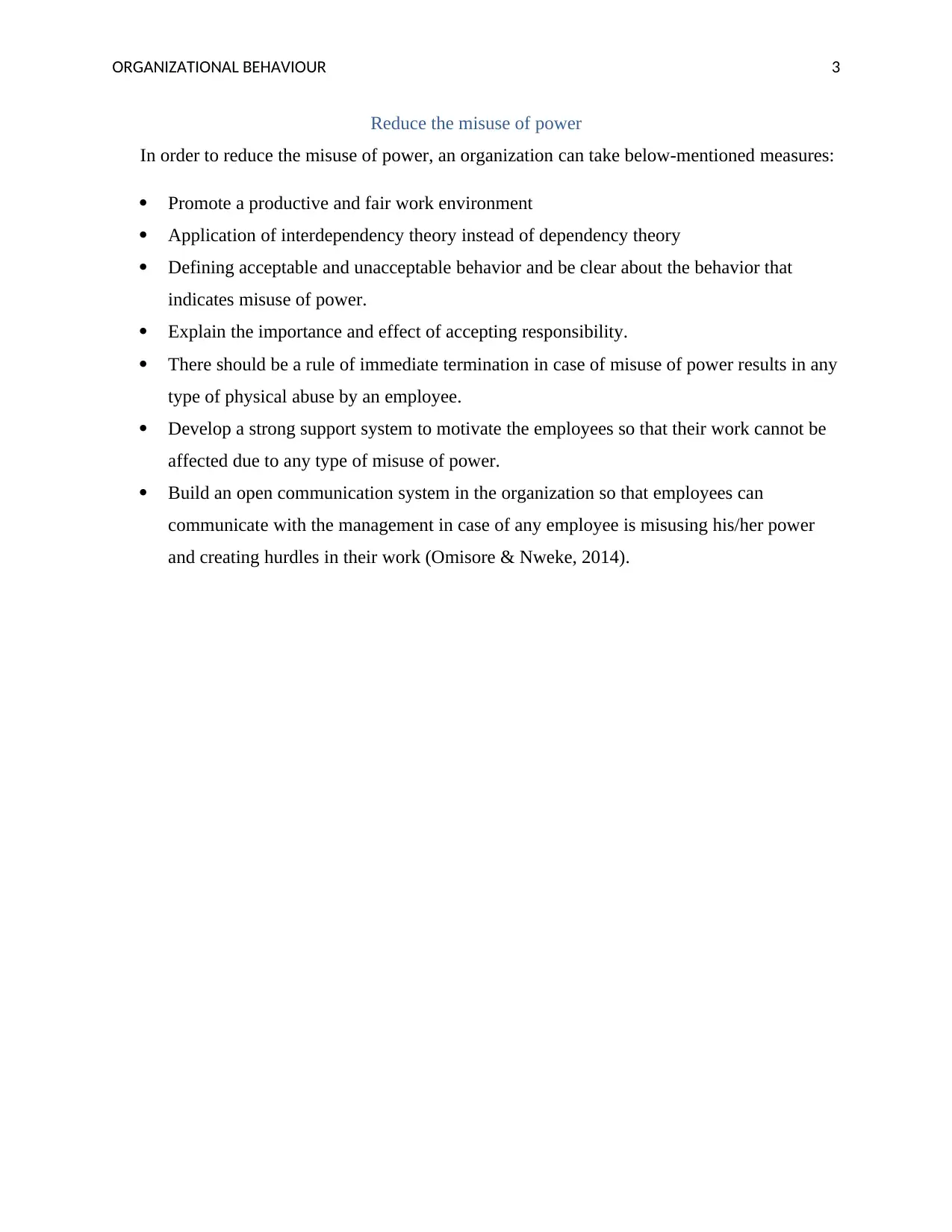
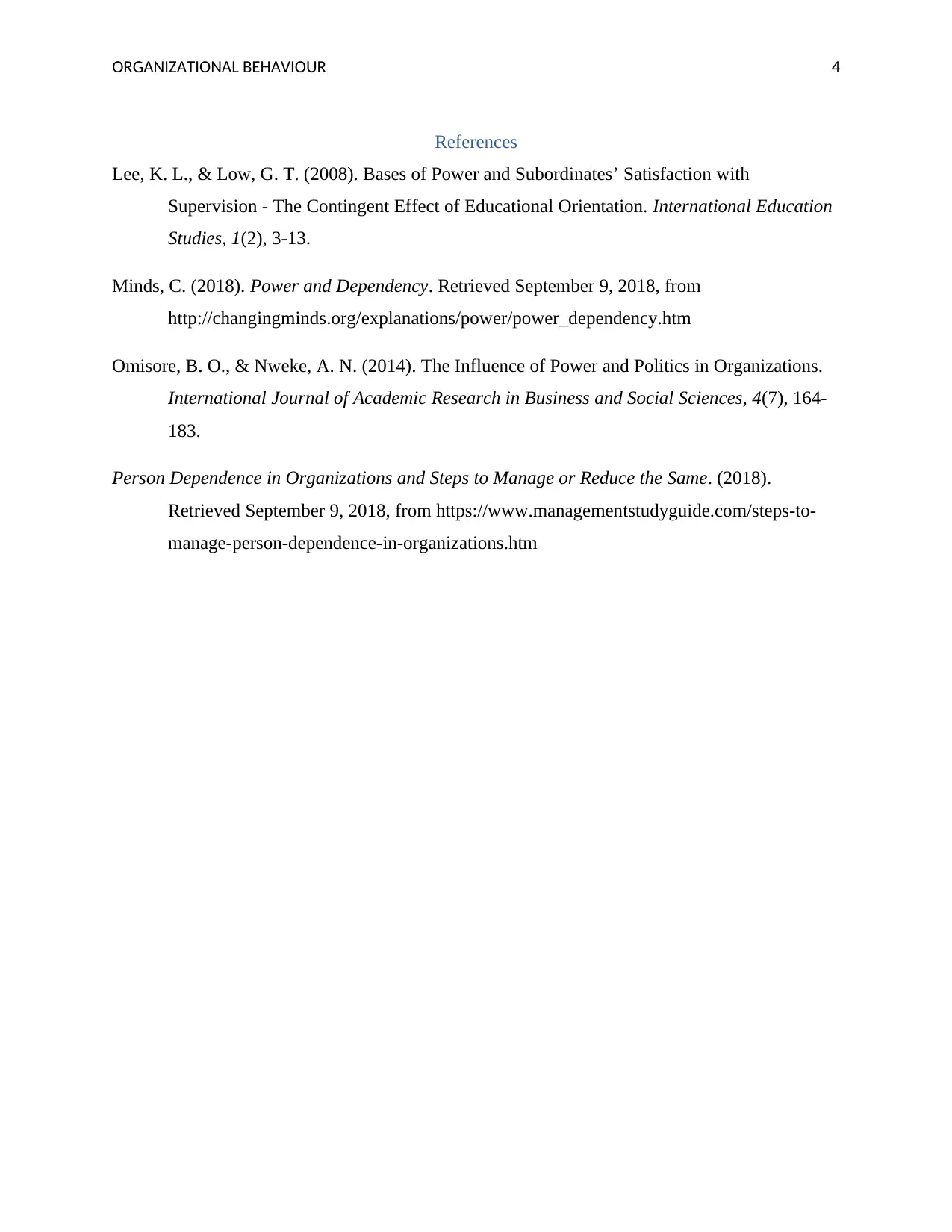






![[object Object]](/_next/static/media/star-bottom.7253800d.svg)